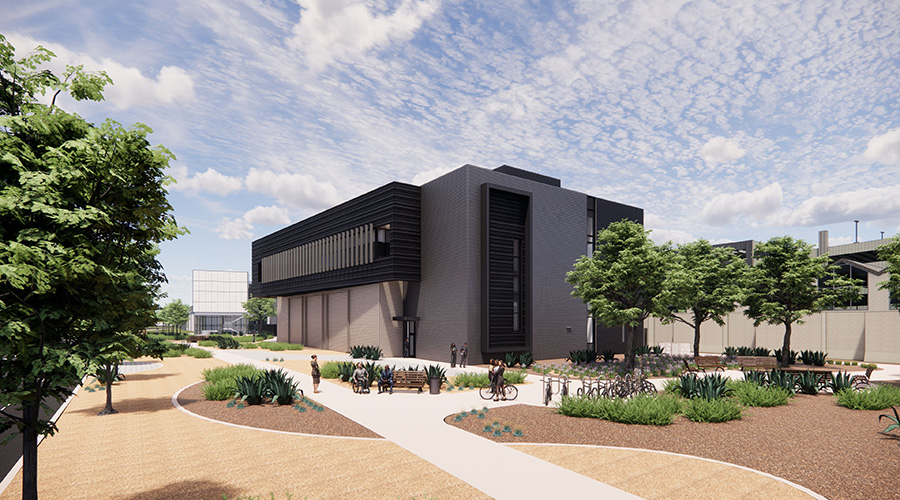When people seek healthcare, they expect a safe and secure environment. But sometimes unexpected events can shatter those expectations as a hospital in Kansas recently experienced.
An 87-year-old man died by suicide in the emergency room waiting area of Salina Regional Health Center in Kansas on June 26, KAKE reports. The incident prompted the hospital to initiate its active shooter protocol. No staff or patients were harmed, and the man was alone in the waiting area when he shot himself. The hospital resumed normal ER operations later that day.
The incident in Salina underscores the difficulty of balancing open, accessible spaces with security. This challenge extends beyond daily operations for healthcare facility managers since it requires intentional planning, training and design to protect both patients and staff.
Related Content: Strategies and Tactics to Target Ligature Risks
To accomplish that, the Medical Group Management Association recommends considering these for ED security design:
- Control access. Limit who can enter the ED treatment area and main hospital from the waiting area to protect patients and staff.
- Designate a safe room. Have a separate, secure room in the ED for behavioral health or high-risk patients. It should be visible to staff and free of items that could be used for self-harm or violence.
- Separate entrances. Keep ambulance and walk-in entrances separate to better manage flow and security.
- Trained security presence. Security staff should support clinical care, acting under staff guidance unless there's an urgent need to prevent harm or damage.
- Use security technology. Install tools like electronic access controls, video surveillance and panic/duress alarms to protect staff and patients.
- Lockdown capability. The ED should be able to lock down quickly during an emergency, and staff should regularly practice this process with drills.
- Ongoing staff training. Regularly train staff, including security, on handling workplace violence and de-escalating aggressive patient behavior.
- Team-based security planning. Hold at least annual meetings with staff from different departments to review and improve security procedures.
- Clear security roles. Create detailed policies and training for security staff on managing high-risk patients, including when to use patient watches, holds, searches or restraints.
Jeff Wardon, Jr., is the assistant editor of the facilities market.

 Grounding Healthcare Spaces in Hospitality Principles
Grounding Healthcare Spaces in Hospitality Principles UC Davis Health Selects Rudolph and Sletten for Central Utility Plant Expansion
UC Davis Health Selects Rudolph and Sletten for Central Utility Plant Expansion Cape Cod Healthcare Opens Upper 2 Floors of Edwin Barbey Patient Care Pavilion
Cape Cod Healthcare Opens Upper 2 Floors of Edwin Barbey Patient Care Pavilion Building Sustainable Healthcare for an Aging Population
Building Sustainable Healthcare for an Aging Population Froedtert ThedaCare Announces Opening of ThedaCare Medical Center-Oshkosh
Froedtert ThedaCare Announces Opening of ThedaCare Medical Center-Oshkosh